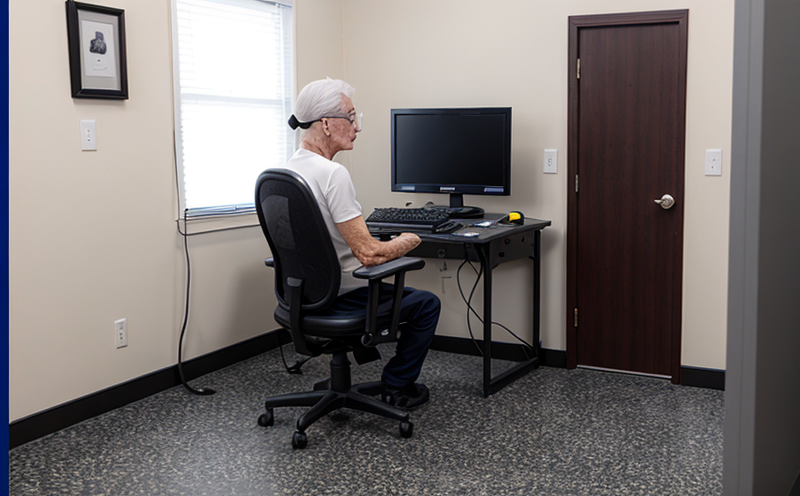ASTM D3884 Abrasion resistance of textiles Taber rotary platform
The ASTM D3884 standard test method is designed to measure the abrasion resistance of textile fabrics using a Taber rotary platform apparatus. This method provides an accurate and reliable way to assess how well fabric will withstand wear and tear under controlled conditions, which is crucial for ensuring product durability in various sectors.
The ASTM D3884 test simulates real-world rubbing conditions that textiles might encounter during use. The Taber Abraser (rotary platform) consists of a rotating arm with an abrasive wheel that rubs against the fabric sample at a specified speed and pressure. This allows for controlled abrasion testing, which can help manufacturers optimize their products for better performance.
During the test, the specimen is placed on the rotary table, where it rotates under constant pressure from the rotating wheel. The amount of revolutions or weight applied to the sample determines the level of abrasion tested. After the specified number of cycles, the fabric's appearance and physical properties are evaluated for changes such as colorfastness, strength retention, and overall integrity.
The test is particularly useful in industries like automotive, healthcare, upholstery, and military, where the durability of textiles is paramount. By using ASTM D3884, companies can ensure that their products meet strict quality standards and are designed to last longer under actual use conditions.
Before conducting the test, proper specimen preparation is essential. This includes selecting appropriate fabric samples representative of the product being tested. Specimens should be cut according to specified dimensions provided in the ASTM D3884 standard, ensuring consistent results across multiple tests. It's also important to consider environmental factors such as humidity and temperature that may affect the test outcomes.
After testing, detailed reporting is crucial for documenting findings accurately. Reporting typically includes descriptions of any observable changes in the fabric’s appearance or texture after abrasion, numerical data on strength retention, colorfastness ratings if applicable, and overall assessment of the fabric's performance post-test. This information helps quality managers make informed decisions about product improvements and compliance with industry standards.
ASTM D3884 is widely recognized for its precision and consistency in measuring abrasion resistance. Its acceptance by major global markets ensures that results obtained from this test are universally applicable, making it an indispensable tool in textile development and quality assurance processes.
International Acceptance and Recognition
- The ASTM D3884 standard is accepted globally for its rigorous approach to simulating real-world abrasion conditions.
- Many international standards bodies, including ISO and EN, incorporate aspects of the ASTM D3884 methodology into their own guidelines for textile testing.
Benefits
The ASTM D3884 Abrasion resistance test offers numerous benefits to quality managers, compliance officers, R&D engineers, and procurement teams in the textile industry. It provides a standardized method for assessing fabric durability under controlled conditions, ensuring that products meet both internal and external quality standards.
One key benefit is improved product development. By using ASTM D3884, manufacturers can identify potential weaknesses early in the design process, allowing them to make necessary adjustments before mass production begins. This not only enhances product longevity but also reduces costs associated with post-production fixes.
A second significant advantage lies in enhanced compliance assurance. As regulations regarding textile durability become more stringent across different regions, having a reliable testing method like ASTM D3884 can help ensure compliance without compromising on quality or performance. This is especially important for companies operating internationally, as it simplifies meeting diverse regulatory requirements.
Another notable benefit pertains to customer satisfaction and brand reputation. Providing products that demonstrate superior abrasion resistance builds trust among consumers who value longevity and reliability in their purchases. Positive reviews and repeat business from satisfied customers contribute significantly to maintaining a strong market presence.
Environmental and Sustainability Contributions
- The ASTM D3884 test helps reduce waste by optimizing fabric design and selection, thereby extending product life cycles.
- By ensuring higher quality products with better abrasion resistance through this testing method, there is less need for frequent replacements leading to reduced resource consumption over time.





